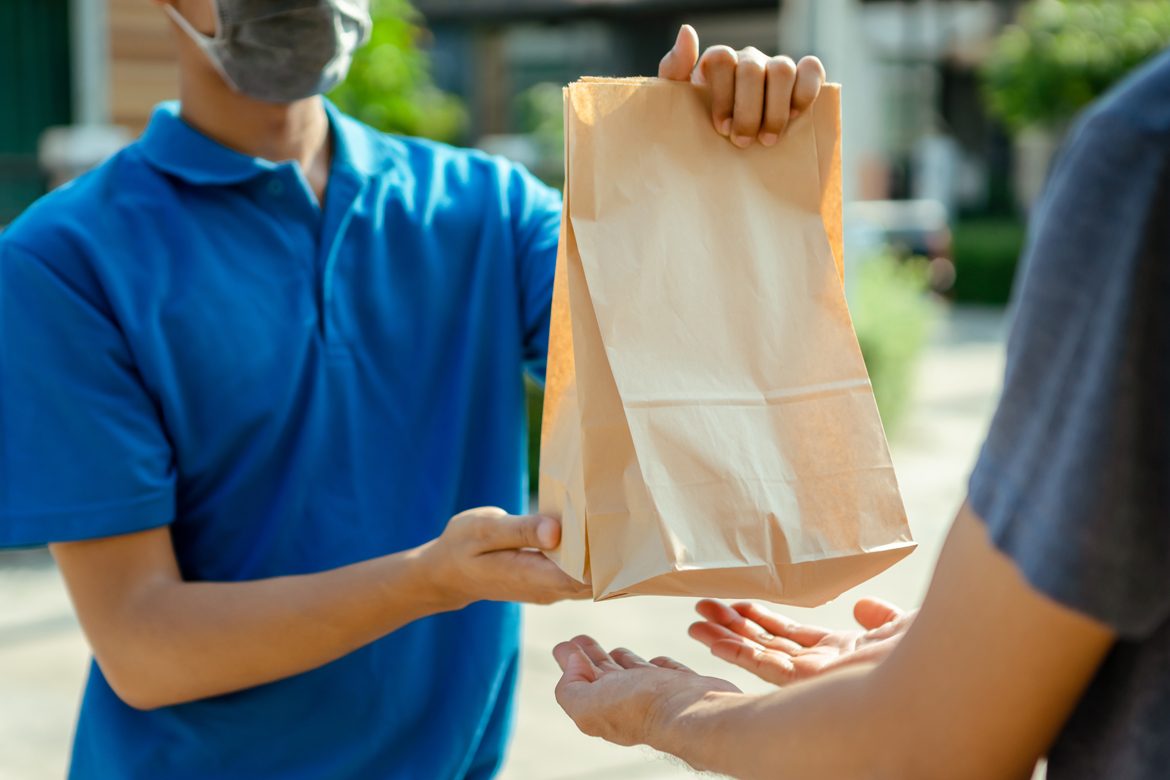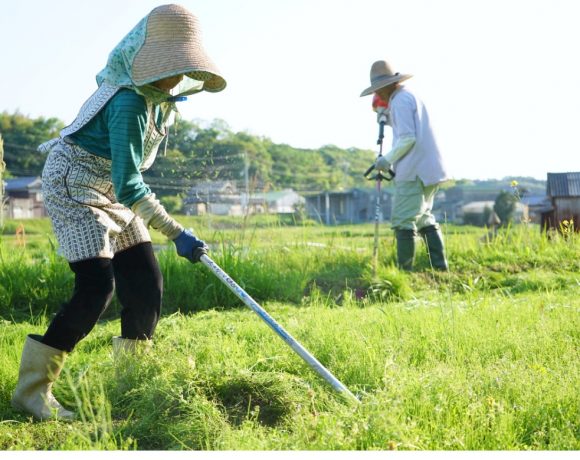- India is now at a point where consumption is very high and we see much of this happening through food delivery companies. Consumer trends are evolving, and Generation Z is becoming a major player in terms of how the spend is going to look.
- There are hundreds of innovations sitting on the shelf in research centers, that can easily be brought to the market and add great value. Indeed, there was no enabling ecosystem for technology transfer nor sounding board for entrepreneurs to bridge the gap between research and market a few years back, as there is today.
- Working with larger companies is an opportunity to accelerate your time to market, relying on existing supply and distribution chains to take products to the last mile.

Sanjay Srinivasmurthy, Managing Director of Silicon Road Ideation Labs, talks to us about the changing market trends, academia-industry collaboration and go-to market strategies for startups in India’s food and agriculture sector.
Market trends and investments in food & nutrition
These are changing times – incomes are rising, the middle class is growing, and people are willing to spend more. India is now at a point where consumption is very high and we see much of this happening through food delivery companies such as Swiggy and Zomato and e-commerce platforms such as FlipKart and others. The last three years have indeed seen a great deal of investments in food & nutrition, with a lot of it in delivery – but I think that this is only the tip of the iceberg.
Consumer trends are evolving, and Generation Z is becoming a major player in terms of how the spend is going to look. There is a palate that’s unique, with a lot of pieces of information going into crafting a food in India. The Government has been very helpful in supporting startups, along with initiatives such as the Eat Right Movement, promoting safe foods and healthy diets, launched by the Food Safety and Standards Authority of India (FSSAI).
Investments have not been immune to the COVID-19 crisis, though, with deal closures slowing down during the lockdown from $100+ million in the first quarter of 2020. There have also been situations, I would say, because of COVID-19, where investors have backed out despite signing term sheets, instead choosing to fund companies already in their portfolio. And there are many companies that have pivoted and reworked their business model or adapted and come up with new solutions.
Going forward, we see huge potential in new-age foods and formulations – whether meat alternatives and vegan products, protein-rich and all-natural foods, nutraceuticals and immunity foods – and generally speaking in the foodtech space (which is for us anything post-harvest) as well as in agricultural technologies, driven by transparency and traceability in the supply chain.
Innovation from India’s research institutes
We collaborate closely with the incubation centers at research institutes including CFTRI (Central Food Technology Research Institute) in Mysore, which along with many others across India such as NIFTEM (National Institute of Food Technology Entrepreneurship and Management) and IIP (Indian Institute of Packaging), produce excellent research in state-of-the-art innovation centers.
Today, however, there are still hundreds of innovations, sitting on the shelf in research centers, that can easily be brought to the market and add great value. Indeed, there was no enabling ecosystem for technology transfer nor sounding board for entrepreneurs to bridge the gap between research and market a few years back, as there is today. Our work involves helping entrepreneurs in early stage and early growth stage startups, including from institutes such as CFTRI, take their ideas to the market, leveraging our industry connections and mentors in the process.
Go-to-market strategy and relying of an enabling ecosystem
If you are starting out here in India, it’s all about market discovery and understanding what works and what doesn’t – for example, getting to a pricing acceptable for the Indian market. Your validation process helps you do that, before you get to bigger things such as establishing your supply chain and going to market. Ensuring that you are part of an ecosystem, rather than coming in alone and trying to fight it out single-handed, will help you leapfrog, because there are a lot of people who are willing to help.
And there is certainly a great deal of opportunity to go to market directly and establish those partnerships yourself, but you can also look at ways, if there are already established companies in that market segment, to collaborate with them. Indeed, working with larger companies is an opportunity to accelerate your time to market, relying on existing supply and distribution chains to take products to the last mile. Today, a lot of companies are trying to establish corporate innovation centers to pursue strategic objectives and are eager to support and collaborate with startups in that context. Getting an endorsement from, or partnering with, a recognised brand, does make a difference.






NO COMMENT